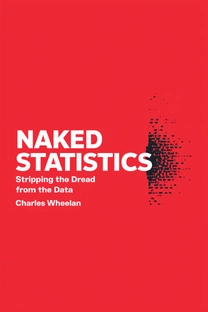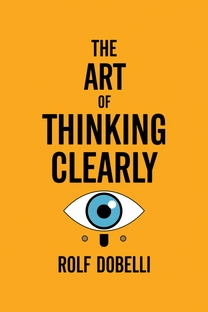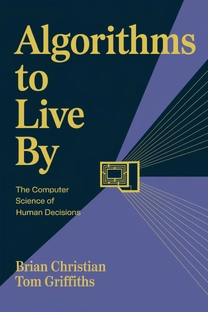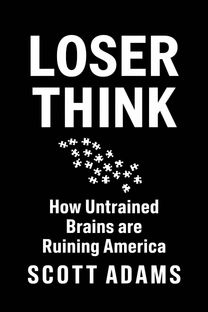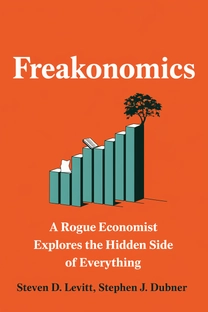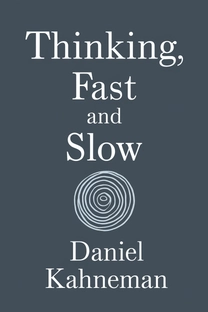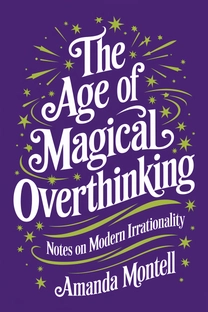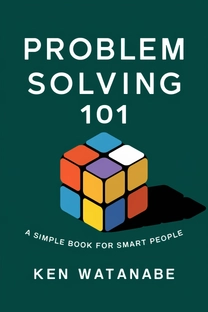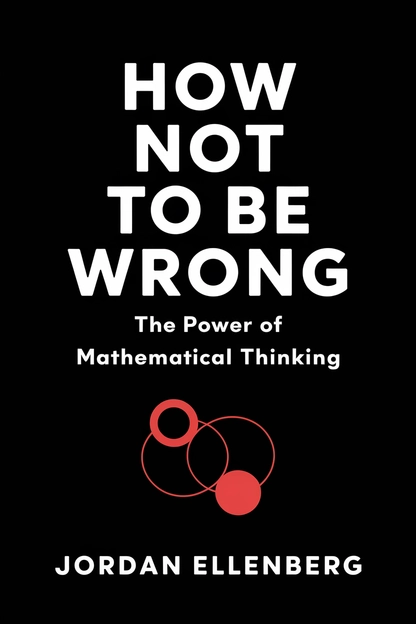
How Not to Be Wrong
The Power of Mathematical Thinking
by Jordan Ellenberg, PhD
Brief overview
This book explores how mathematical thinking underlies many everyday events and decisions, revealing hidden patterns behind coincidences, predictions, and logical fallacies. It demonstrates that by adopting a curious and structured mindset, you can interpret evidence more accurately, avoid being misled by misleading statistics, and appreciate how math genuinely influences real life.
Introduction
Mathematics is more than formulas and numbers—it guides our thinking in subtle ways every day. Sometimes, that guidance prevents us from seeing what’s really going on, especially when we rely on incomplete notions of chance, risk, or likelihood. This book offers a friendlier way to see how math underpins arguments, policies, and life decisions you might never have expected.
The goal here is not to drown in algebra but to highlight practical thinking. You’ll discover how to spot errors, challenge assumptions, and clarify fuzzy logic. Think of it as sharpening your natural insights rather than learning a new set of abstract theories.
Along the way, you’ll find engaging stories and simple examples. These pages aim to give you a set of mental tools drawn from probability, geometry, and good old common sense. By the end, you’ll see how math helps you make sense of tricky situations—from everyday choices to big social questions.
Seeing Patterns (And Misreading Them)
Many of us see patterns all over the place without even trying. The “hot hand” phenomenon in basketball, where fans believe a player who’s made several shots is guaranteed to keep sinking them, is a classic example. Rigorous study suggests streaks can often be just random fluctuations.
Similarly, in investing or gambling, people rush to trust a lucky tipster or system, even though improbable winning streaks are bound to happen occasionally. We tend to underestimate how often chance alone can offer up surprising runs of success or failure.
Acknowledging that rare things do happen by chance helps prevent us from leaping to unwarranted conclusions. Recognizing this doesn’t mean we abandon all analysis; it means we look for better evidence before declaring that a run of good fortune signals genuine skill or a miracle.
What is How Not to Be Wrong about?
"How Not to Be Wrong: The Power of Mathematical Thinking" by Jordan Ellenberg is a seminal work that illuminates the ubiquitous role of mathematics in everyday life. Far from abstract calculus or complex equations, Ellenberg dives into the intuitive essence of mathematics as a tool for sound reasoning and decision-making. The book draws attention to how math shapes outcomes, from understanding statistical misinterpretations to making informed choices.
With a sharp wit and accessible style, Ellenberg unravels the veil over the world of mathematics, allowing readers to perceive patterns where they might otherwise see chaos. He stresses understanding probability and statistical principles to demystify the misinformation we encounter daily. This work is not merely a guide to avoid errors but a robust framework to enhance our cognition in interpreting life's unpredictable nature.
By distilling complicated mathematical concepts into everyday scenarios, "How Not to Be Wrong" provides a compelling case for the practical significance of math. This book is a clarion call for embracing mathematical thinking to fortify decisions, provide clarity amid uncertainty, and enable readers to avoid the all-too-common pitfalls of life. Its impact extends beyond academics, influencing anyone eager to enhance their intellectual toolkit.
Review of How Not to Be Wrong
Jordan Ellenberg's "How Not to Be Wrong" stands out through its remarkable ability to connect abstract mathematical theories to the pulse of daily life. Ellenberg infuses humor, storytelling, and scrupulous logic to delineate how mathematical principles govern everything from economics to everyday decisions. This lucidity makes the material accessible to those who may find math daunting.
The book's key strength lies in its ability to deconstruct complex ideas into tangible insights. Readers are shown how concepts such as "regression to the mean" and the traps of correlation versus causation can be applied directly to avoid erroneous conclusions. Ellenberg leverages these insights to guide readers toward sound, evidence-backed decision-making, thereby broadening their problem-solving skills.
Written with engaging prose and a knack for making numbers resonate with personal relevance, the book serves as a bridge between the ordinary reader and sophisticated mathematical concepts. Its relevance is broad, appealing to both professionals and laypersons, giving everyone a greater appreciation for the math permeating their lives. Recommended for anyone eager to develop clear, logical, and articulate thinking capabilities.
Who should read How Not to Be Wrong?
- Professionals seeking to enhance analytical decision-making with robust mathematical reasoning.
- Students and educators interested in practical applications of math in real-world scenarios.
- Individuals intrigued by statistics and probability, aiming to grasp their daily implications.
- Strategists and planners relying on data-driven approaches for long-term forecasting.
- Curious readers looking to challenge preconceptions and broaden intellectual horizons through mathematical insights.
About the author
Book summaries like How Not to Be Wrong
Why readers love Mindleap
10-Minute Book Insights
Get the core ideas from the world's best books in just 10 minutes of reading or listening.
Curated For You
Discover your next favorite book with personalized recommendations based on your interests.
AI Book ExpertNew
Chat with our AI to help find the best book for you and your goals.
Reviews of MindLeap
Love how I can get the key ideas from books in just 15 minutes! Perfect for my busy schedule and helps me decide which books to read in full.
Alex R.
The summaries are incredibly well-written and the audio feature is perfect for my commute. Such a time-saver!
Jessica M.
Great app for personal growth. The insights are clear and actionable, and I love how they capture the essence of each book.
Chris P.
The app is beautifully designed and the summaries are top-notch. Definitely worth every penny!
Sarah K.


